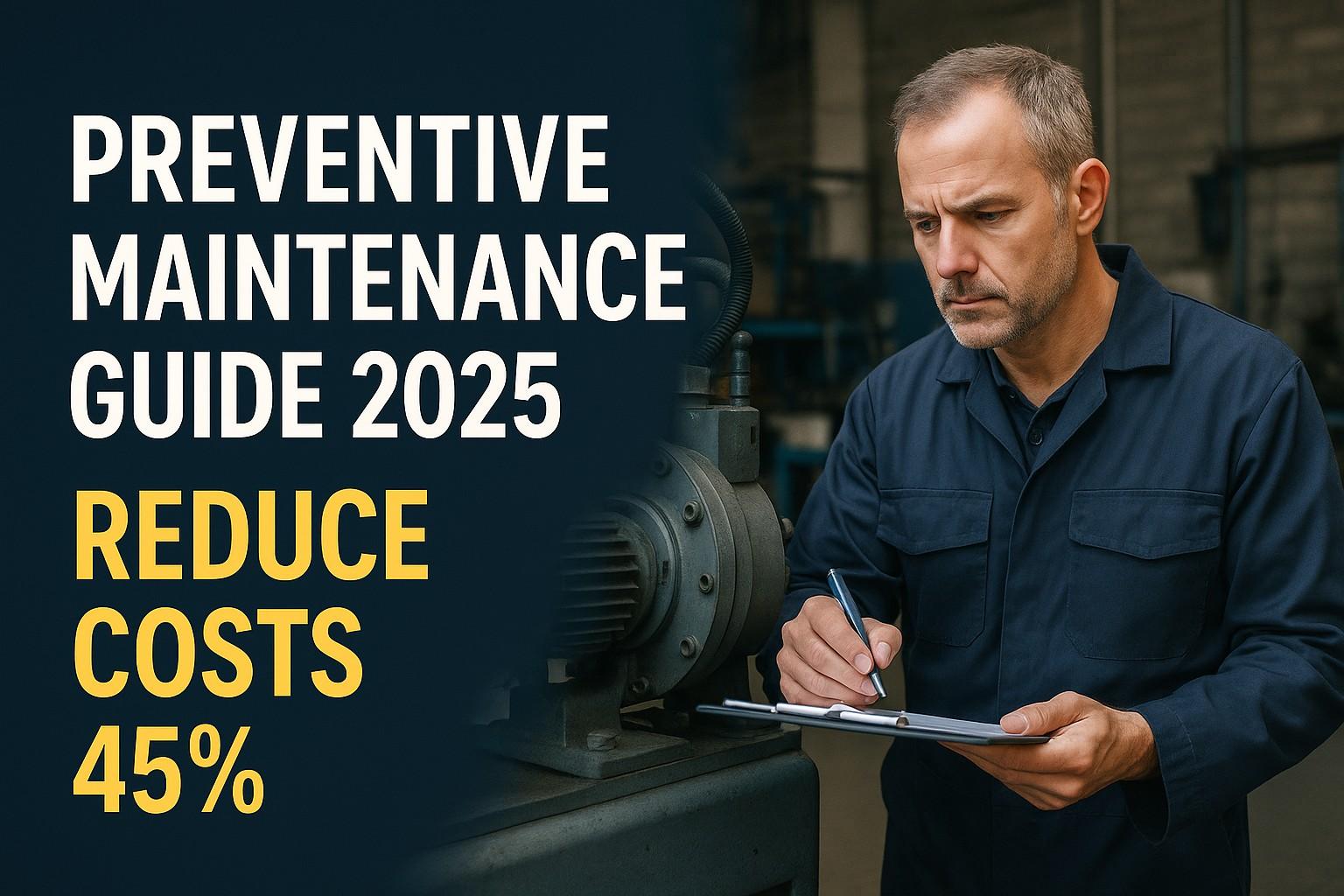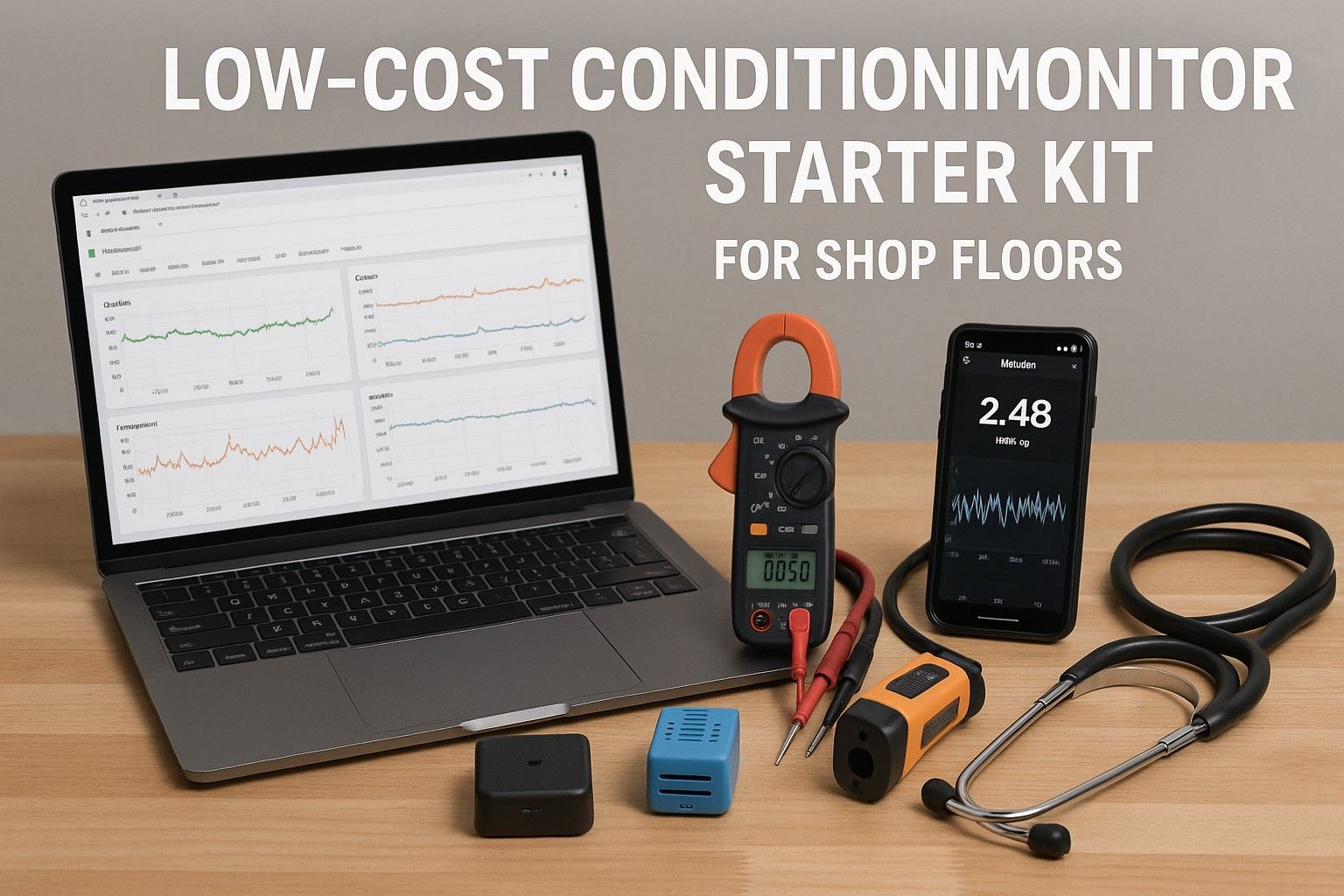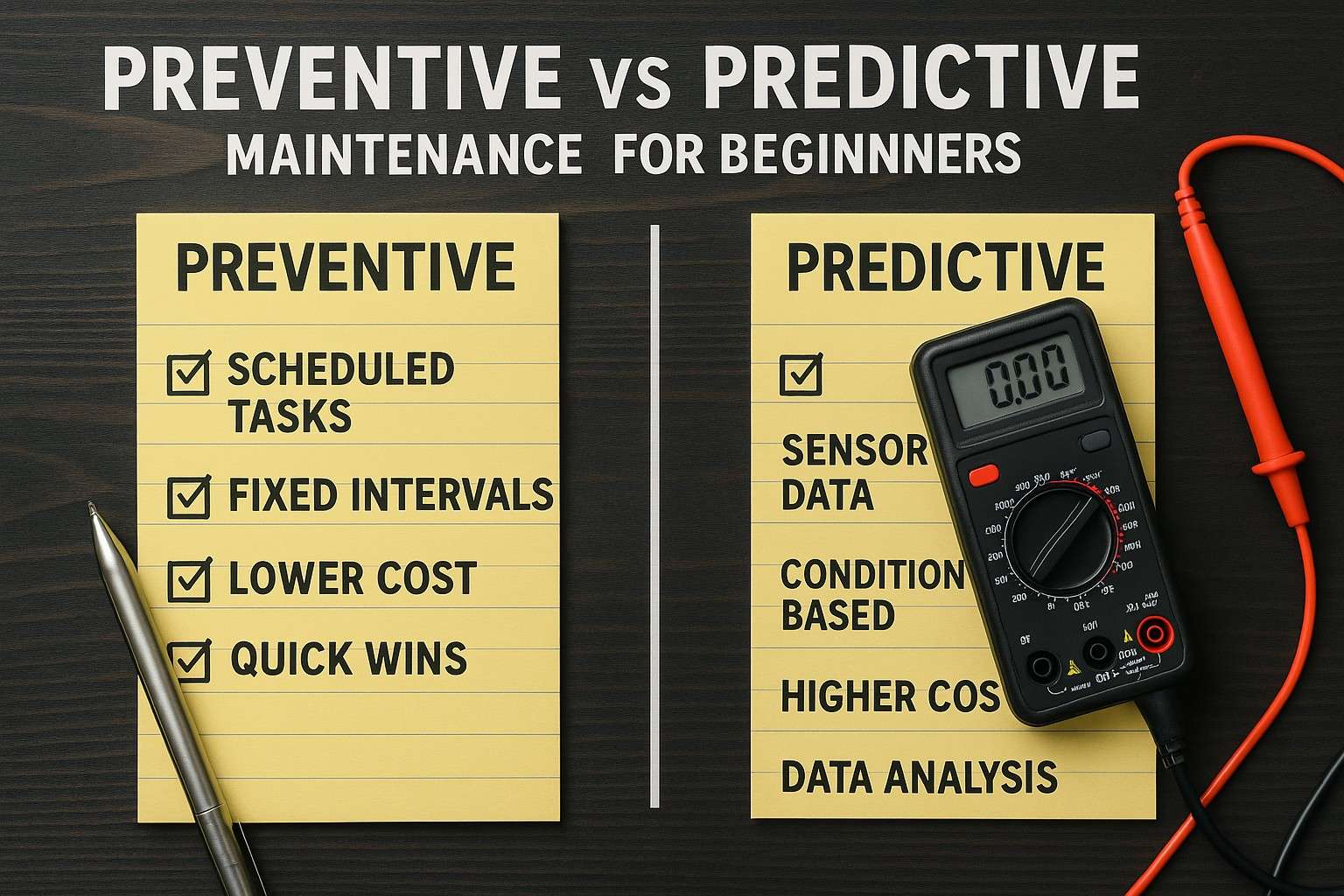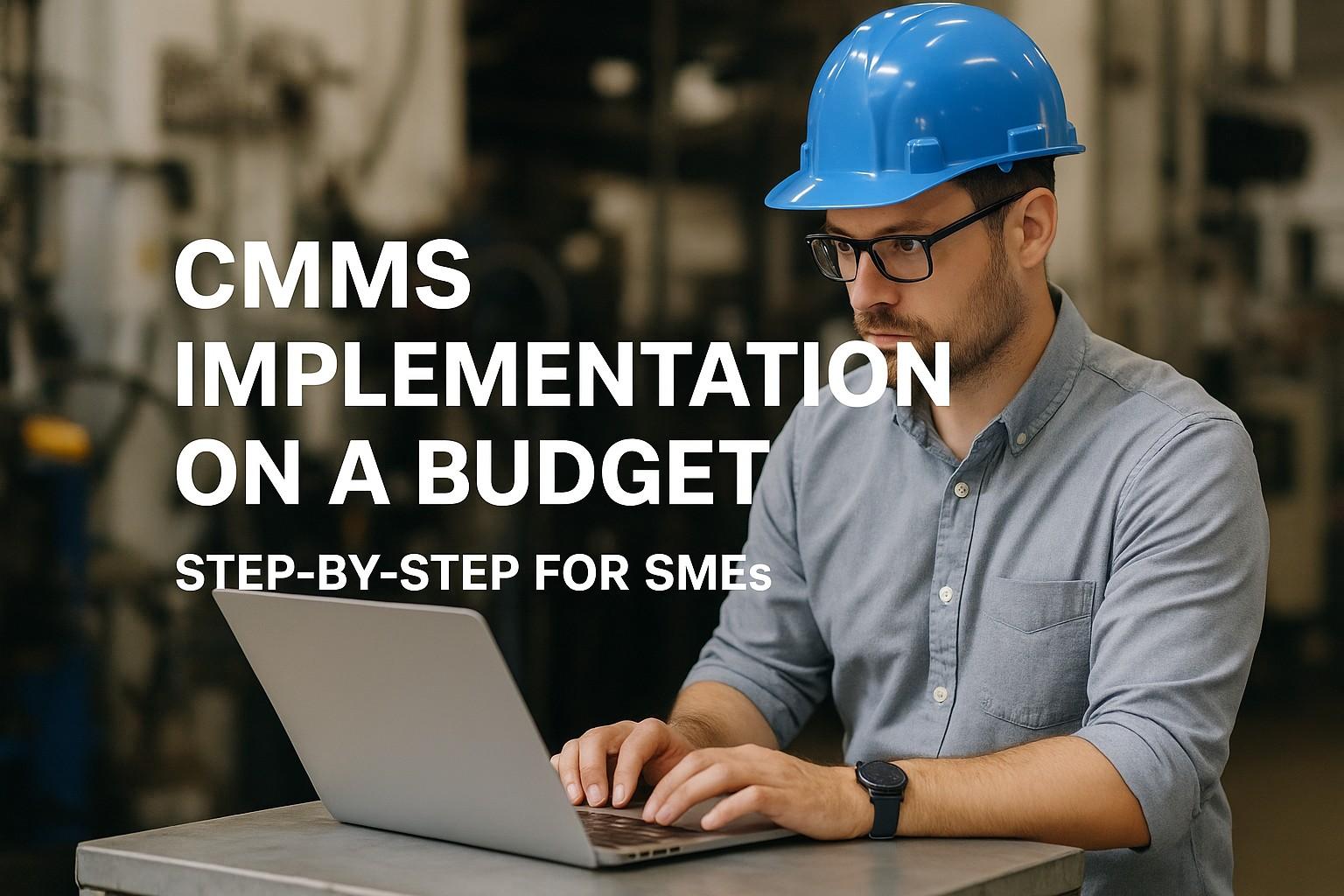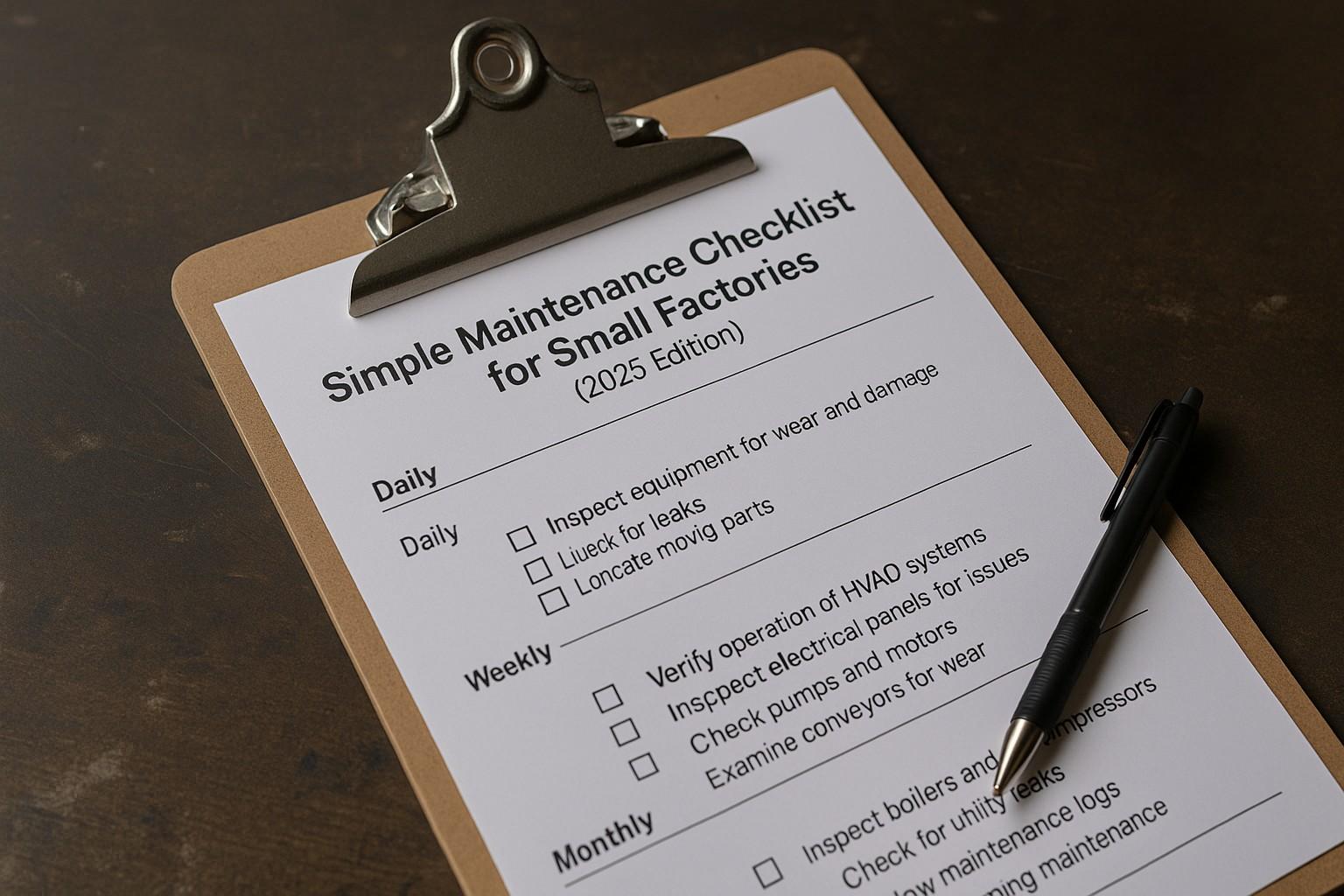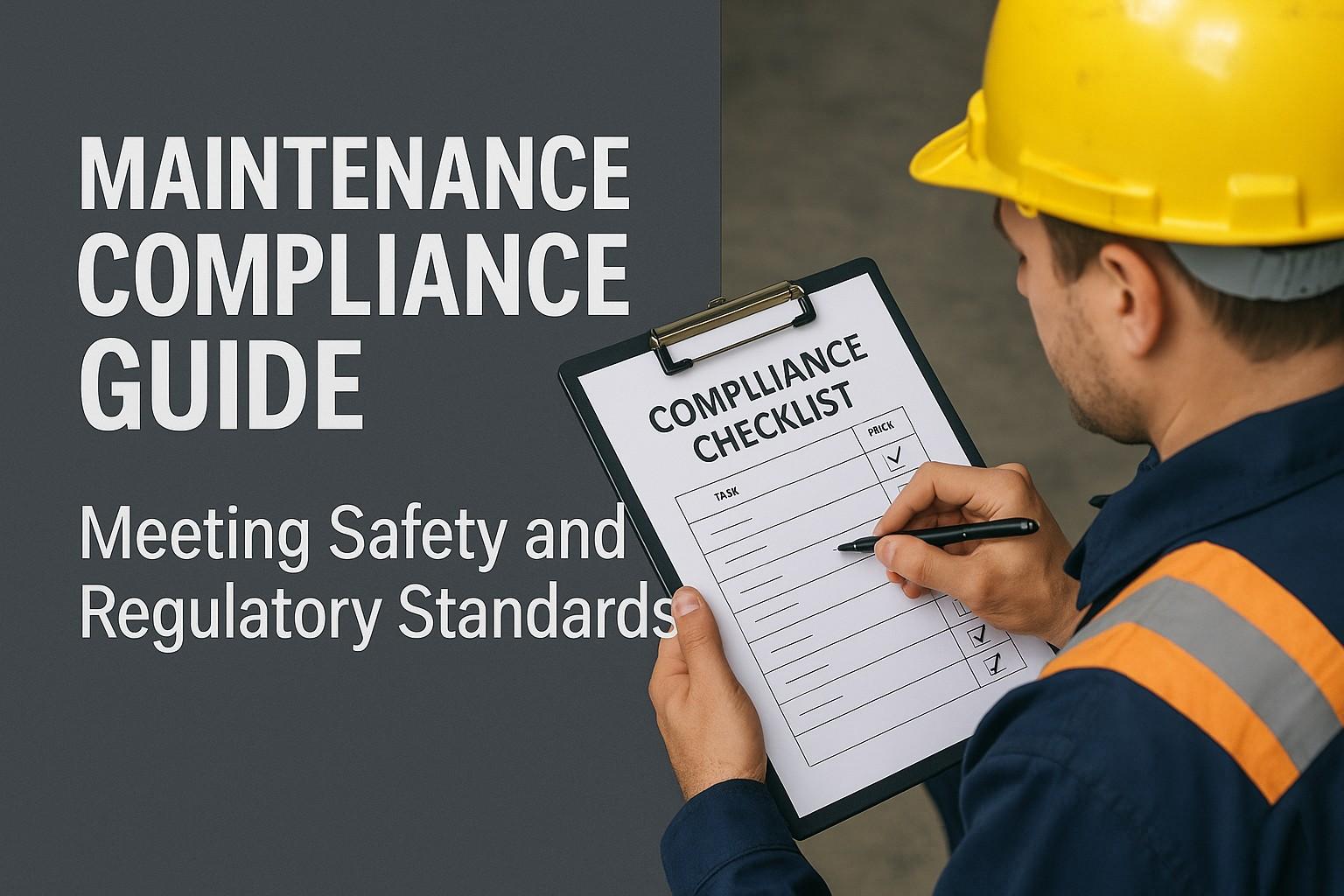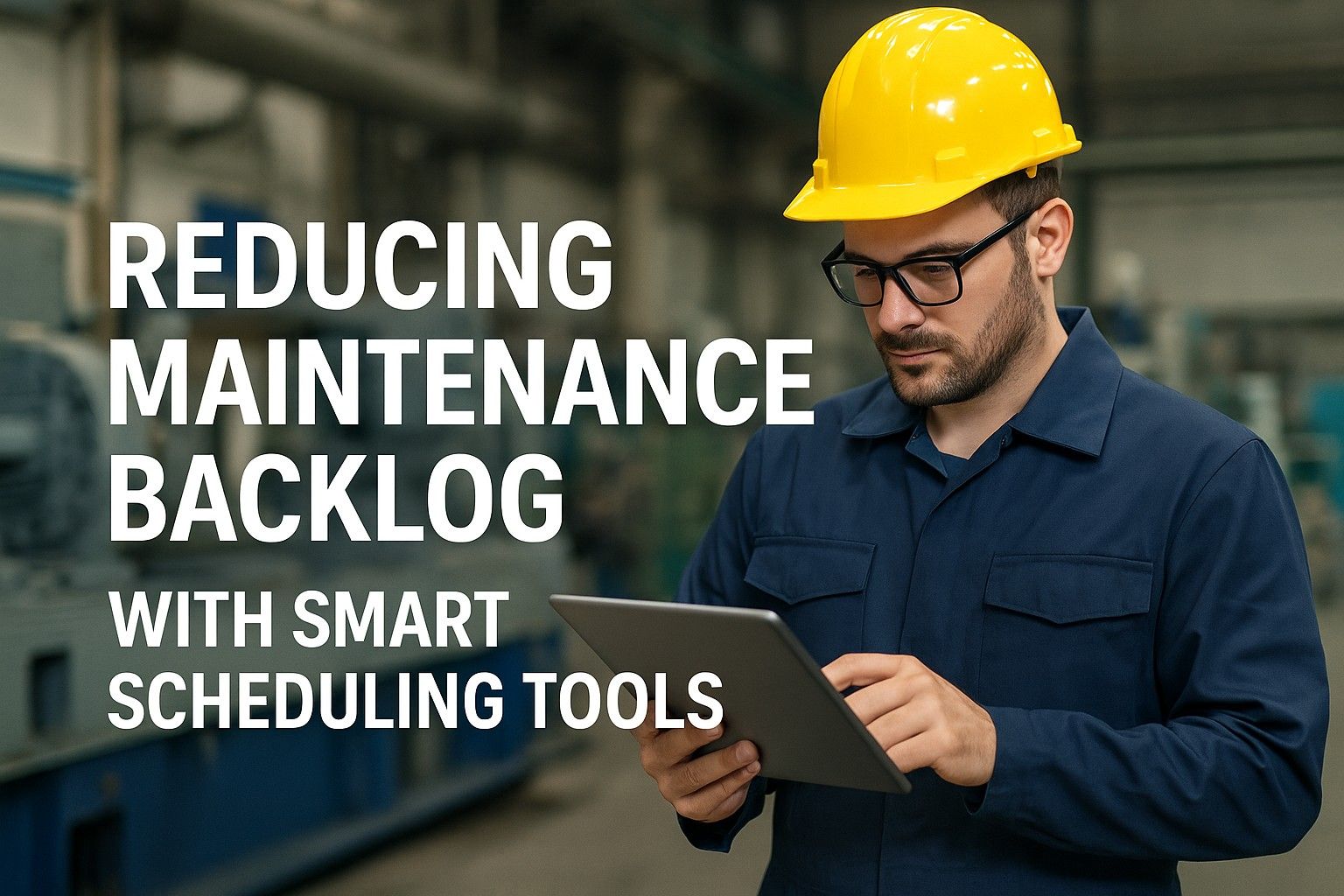Preventive maintenance represents one of the most critical operational strategies facing modern facilities and industrial operations, with poor maintenance practices costing an average of $47,000 per breakdown per major asset. Industry data reveals that 68% of organizations still rely on reactive maintenance approaches that create equipment failures, missed optimization opportunities, and emergency repair costs. Systematic preventive maintenance can reduce emergency repairs by 85%, extend equipment life by 60% and decrease maintenance costs by 45% while ensuring operational reliability, and maximum asset performance across diverse operational environments.
Modern industrial operations depend on sophisticated equipment operating under demanding conditions, where preventive maintenance strategies determine the difference between operational excellence and costly reactive crisis management. Preventive maintenance inefficiencies cascade throughout organizations, affecting productivity, equipment availability, and total operational costs while creating safety risks and compliance challenges.
Transform your maintenance operations with professional preventive maintenance systems
Getting StartedBook a Demo
The Hidden Crisis: Reactive Maintenance in Modern Operations
Traditional reactive maintenance approaches create significant operational inefficiencies that extend far beyond immediate repair costs, affecting equipment reliability, operational predictability, and long-term asset performance across industrial facilities and commercial operations.
Equipment Degradation Acceleration
72% of reactive maintenance environments experience accelerated equipment wear, with delayed interventions causing secondary damage that reduces asset life by 40% and increases replacement frequency significantly.
Unpredictable Maintenance Costs
Emergency maintenance premiums average 300-500% higher than planned interventions, with reactive approaches consuming 60% of maintenance budgets while providing minimal preventive value.
Operational Disruption Impact
Unplanned equipment failures create cascading operational disruptions, with downtime costs averaging $50,000-$200,000 per incident depending on equipment criticality and operational dependencies.
Safety and Compliance Risks
Reactive maintenance increases safety incident probability by 85%, with equipment malfunctions creating liability exposures and regulatory compliance challenges costing $150,000+ per violation.
Resource Allocation Inefficiencies
Emergency maintenance demands disrupt planned activities, with technician productivity declining 45% due to constant crisis response and inefficient resource deployment patterns.
Supply Chain Dependencies
Reactive approaches create urgent parts requirements and expedited shipping costs, with emergency procurement premiums averaging 200-400% above standard pricing while creating inventory inefficiencies.
The Financial Impact of Reactive Maintenance Strategies
Before implementing systematic preventive maintenance, facility operations experience significant inefficiencies that impact both operational performance and financial results:
- Emergency repair premiums consuming 65% of maintenance budgets while providing no preventive value or long-term asset protection
- Equipment availability averaging 70-75% compared to 95%+ with systematic preventive maintenance approaches
- Maintenance cost volatility making budget planning difficult and causing operational funding shortfalls and financial unpredictability
- Accelerated equipment replacement cycles with reactive maintenance reducing asset life by 35-50% through neglect and delayed intervention
- Productivity losses from unplanned downtime averaging 15-25% of operational capacity across reactive maintenance environments
Foundation Elements: Comprehensive Preventive Maintenance Framework
Professional preventive maintenance systems provide the systematic framework necessary for optimal equipment care, incorporating manufacturer specifications, operational conditions, and predictive analytics into unified maintenance protocols that prevent failures before they occur.
Core Preventive Maintenance Components and Architecture
Effective preventive maintenance frameworks integrate multiple maintenance disciplines and systematic procedures to create comprehensive equipment care systems that balance thoroughness with operational efficiency.
Equipment Assessment Matrix
Comprehensive equipment inventories including criticality analysis, failure mode identification, maintenance requirements mapping, and performance baseline establishment for systematic care planning.
Systematic Maintenance Procedures
Detailed maintenance protocols, inspection checklists, service intervals, and standardized procedures ensuring consistent equipment care and comprehensive coverage across all assets.
Scheduling and Resource Planning
Advanced scheduling systems coordinating maintenance activities, resource allocation, parts inventory management, and operational requirements to optimize efficiency and minimize disruption.
Performance Monitoring Integration
Equipment performance tracking, maintenance effectiveness measurement, cost analysis capabilities, and continuous improvement processes ensuring optimal preventive maintenance results.
Advanced Digital Integration and Automation Capabilities
Smart Maintenance and Predictive Analytics Integration
Modern preventive maintenance transcends traditional scheduled maintenance to incorporate condition monitoring, predictive analytics, and automated scheduling systems that optimize maintenance timing and maximize equipment reliability.
Condition-Based Maintenance
Real-time equipment monitoring systems that automatically track performance parameters, identify degradation patterns, and optimize maintenance timing based on actual equipment condition rather than arbitrary schedules.
Automated Scheduling Systems
Intelligent scheduling platforms that coordinate maintenance activities, resource availability, and operational requirements while automatically adjusting for changing conditions and priorities.
Predictive Failure Prevention
Advanced analytics that analyze equipment behavior patterns to predict maintenance needs 4-12 weeks in advance, enabling optimal intervention timing and resource preparation.
Integrated Workflow Management
Comprehensive workflow systems that coordinate maintenance activities with operations, procurement, and resource management for seamless execution and minimal operational disruption.
Implementation Methodology and Best Practices
Phased Deployment Strategy for Preventive Maintenance Systems
Successful preventive maintenance implementation requires systematic deployment approaches that minimize operational disruption while maximizing maintenance effectiveness and organizational adoption across diverse equipment types and operational environments.
Phase 1: Assessment and Planning
Current equipment evaluation, maintenance requirement analysis, resource assessment, and system design based on specific operational needs and equipment characteristics.
Phase 2: System Development
Maintenance procedure creation, scheduling system configuration, resource planning, and integration design with existing operational and management systems.
Phase 3: Pilot Implementation
Limited deployment with critical equipment, team training, effectiveness validation, and procedure refinement to optimize system performance and organizational adoption.
Phase 4: Full Deployment
Organization-wide implementation, comprehensive training programs, change management support, and ongoing optimization based on performance data and operational feedback.
Change Management and User Adoption Strategies
Preventive maintenance success depends heavily on organizational adoption and cultural transformation, requiring comprehensive training programs and incentive structures that encourage proactive maintenance behaviors.
Comprehensive Training Program Development
Role-specific training for maintenance technicians, operators, and supervisors covering preventive maintenance procedures, system usage, and best practices for optimal results.
Performance Incentive Alignment
KPI structures and reward programs that recognize preventive maintenance compliance, equipment reliability improvements, and cost optimization achievements.
Communication and Feedback Systems
Regular communication channels for program updates, success stories, and improvement suggestions that ensure continuous optimization and organizational engagement.
Champion Network Development
Identification and development of maintenance champions who support program adoption and provide peer-to-peer training and technical expertise.
Analytics and Performance Monitoring Capabilities
Advanced Maintenance Analytics and KPI Tracking
Preventive maintenance analytics transform maintenance data into actionable insights that enable continuous improvement, cost optimization, and performance enhancement across equipment portfolios and operational environments.
Real-Time Maintenance Dashboards
Executive and operational dashboards providing immediate visibility into maintenance performance, compliance rates, and cost trends across all equipment and facility segments.
Predictive Performance Analysis
Advanced analytics identifying maintenance effectiveness patterns, optimization opportunities, and performance trends based on historical and real-time maintenance data.
Cost Optimization Analytics
Comprehensive analysis covering maintenance spending, cost avoidance achievements, and budget optimization that quantify preventive maintenance value and ROI measurement.
Compliance Monitoring Systems
Automated compliance tracking ensuring maintenance activities meet safety requirements, manufacturer warranties, and regulatory standards with exception reporting and corrective action planning.
ROI and Operational Excellence Outcomes
Quantifiable Financial Benefits and Cost Optimization
Systematic preventive maintenance delivers measurable financial returns through multiple value streams that extend beyond direct maintenance cost savings to encompass operational efficiency, equipment longevity, and productivity improvement benefits.
Operational Efficiency and Competitive Advantages
Comprehensive preventive maintenance creates operational advantages that enhance competitive positioning through improved equipment reliability, predictable maintenance costs, and enhanced operational capability.
- Improved operational predictability with consistent equipment availability and minimal unplanned maintenance disruptions
- Enhanced equipment performance averaging 95%+ availability compared to 70-75% with reactive maintenance approaches
- Reduced insurance premiums through documented maintenance programs and improved safety performance records
- Increased equipment resale values with comprehensive maintenance documentation and proven reliability history
- Better budget predictability through planned maintenance costs and eliminated emergency repair expenses
Compliance and Regulatory Alignment
Regulatory compliance requirements make systematic preventive maintenance essential for modern operations, with safety standards, environmental regulations, and insurance requirements demanding documented maintenance programs and systematic equipment care.
Safety Standard Compliance
OSHA and safety regulations requiring systematic equipment maintenance and hazard prevention, with preventive programs ensuring compliance and reducing violation risks that can cost $125,000+ per incident.
Environmental Regulation Adherence
Environmental protection standards demanding proper equipment maintenance to ensure emission compliance, efficiency requirements, and sustainability objectives achievement.
Insurance and Risk Management
Insurance carrier requirements for systematic maintenance programs and risk mitigation, with preventive maintenance reducing premiums and claim exposures significantly.
Warranty Protection and Documentation
Manufacturer warranty requirements for proper maintenance and documentation, with preventive programs protecting warranty coverage and reducing replacement costs.
Future Outlook and Innovation Roadmap
The preventive maintenance landscape continues evolving with emerging technologies that promise enhanced effectiveness, automated execution capabilities, and predictive maintenance integration that will further improve equipment reliability and operational efficiency.
Artificial Intelligence Integration
Advanced AI algorithms providing enhanced maintenance optimization, failure prediction accuracy, and automated scheduling based on complex operational data analysis.
IoT Sensor Integration
Internet of Things technologies enabling continuous equipment monitoring and automated maintenance triggering based on real-time condition data across distributed operations.
Augmented Reality Maintenance
AR-enabled maintenance tools providing technicians with real-time equipment information, procedure guidance, and expert system support for complex maintenance tasks.
Blockchain Documentation
Immutable maintenance records and compliance documentation providing enhanced warranty protection, regulatory verification, and equipment history validation.
Frequently Asked Questions
Ready to implement comprehensive preventive maintenance for your facility operations?
Getting StartedBook a Demo
